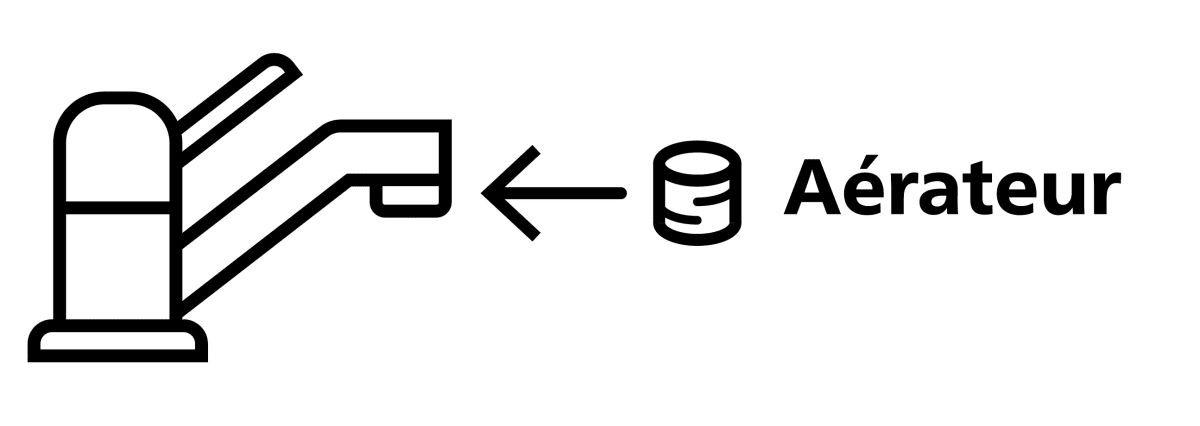Lead service lines: Health recommendations
Do you have a lead water service line and feel worried about risks to your health? See our tips on how to drink, use and filter your water, worry free.
Lead and health
Due to its natural presence everywhere, and to its widespread use in consumer goods, lead is present throughout our living environment. Lead is found in food, air, soil and dust. We are all exposed to small quantities of lead that are absorbed and distributed in our body, particularly in our blood, bones and certain tissues.
Still, nowadays, we are much less frequently exposed to lead than we were in the past. In recent decades, the application of increasingly stringent standards has led to the elimination of almost all lead in gasoline, food cans, paint, plumbing solder and other materials.
If you would like more information about lead and health, contact Info-Santé at 811 or visit Santé Montréal.
Did you know?
The Québec government regulates drinking water quality and determines the maximum allowable level of lead in water in Québec. The current standard is .005 mg/L after letting the water run for five minutes and letting it stagnate for 30 more minutes.
Water consumption
Have you visually confirmed that your water service line is made of lead, or did you receive a letter informing you that your building is likely to have one? Here are our tips to reduce exposure to lead in your tap water and minimize your risk:
- Use a water filter pitcher, a tap filter or a pipe filter under your sink. These devices must be certified for lead reduction in accordance with NSF/ANSI standard 53, and the manufacturer’s installation and maintenance instructions must be followed carefully.
- Use a filter until your entire service line is fully replaced.
- Make the following measures part of your daily routine:
- Before drinking tap water, let it run for a few minutes.
- Wait for it to become cold (or cool in summer), especially if it has stagnated several hours in the pipes (in the morning or when you return from work).
- Always use cold water when preparing food or drink (coffee, tea, water used to boil vegetables, pasta or rice, etc.).
- Clean your tap aerator (screen) regularly
Boiling water has no effect on its lead content. Lead does not evaporate and cannot be destroyed by boiling
Distribution of filtration pitchers
Since 2020, the city has provided a pitchers (containing a filter) and five filters when screening performed after October 23, 2019, confirms the presence of a lead water service line. If you live in a building that already received pitchers, they will not be distributed again. You will need to contact the former tenant or your landlord to retrieve it.
Getting a pitcher
There are 2 programs for obtaining a free filtration device.
Program 1
To benefit from this program, you must :
- Receive a positive screening result in writing, delivered to your mailbox or by hand, after October 23, 2019.
- Comply with the pitcher ordering procedure indicated in the document. Need help completing the form? Please write to [email protected]
Delivery time is about 8 weeks.
Any subsequent filters must be purchased from a store or the manufacturer’s Web site. Please view the Web site for further information.
Program 2
To benefit from this program, you must meet the following 3 criteria:
Live in a building with a potential lead water inlet (see map);
Be pregnant or the parent of a child under 6;
Have a low family income according to Statistics Canada’s Market Basket Measure (MBM) thresholds.
To find out if you qualify, call 311.
Additional information
There is currently no local solution for recycling filters supplied with the pitcher, but the Service de l’eau and the Service de l’environnement are working to resolve this issue.
Buying a pitcher
Most big box retailers in Québec sell filtration pitchers. If you’d like to get your own, check with the manufacturer to be sure it can be used with certified NSF/ANSI lead reduction filters. Ideally, the pitcher should have a device for measuring water quality that shows you when you need to change the filter. Check the manufacturer’s Website for more information.
Do you have a filtration pitcher and want to check to be sure it is compliant? Visit this site or this one.
Quick search
Need help?
Contact us if you have questions.
Are you sure you want to leave this page?
This page is not available in English. You will be redirected to the English home page.
